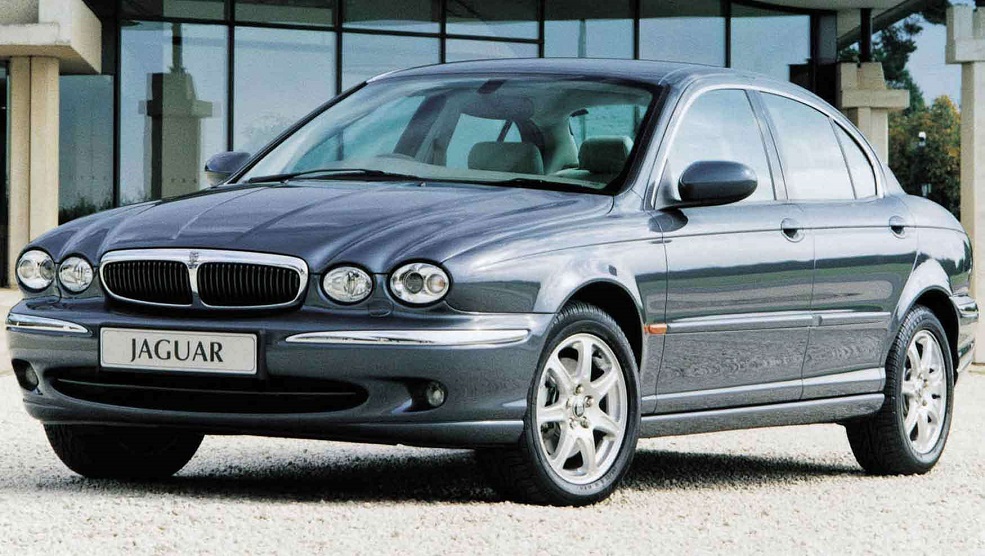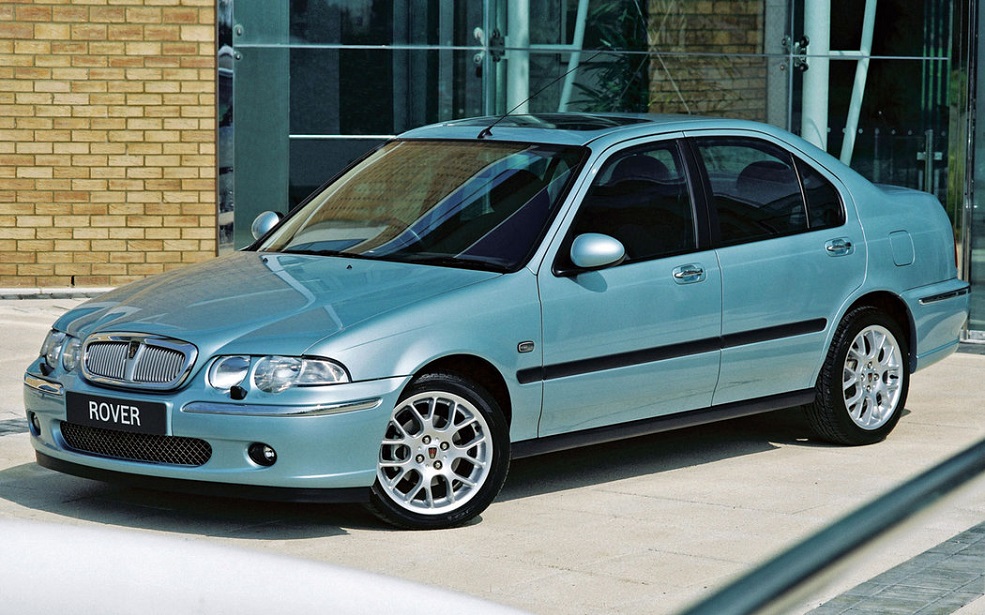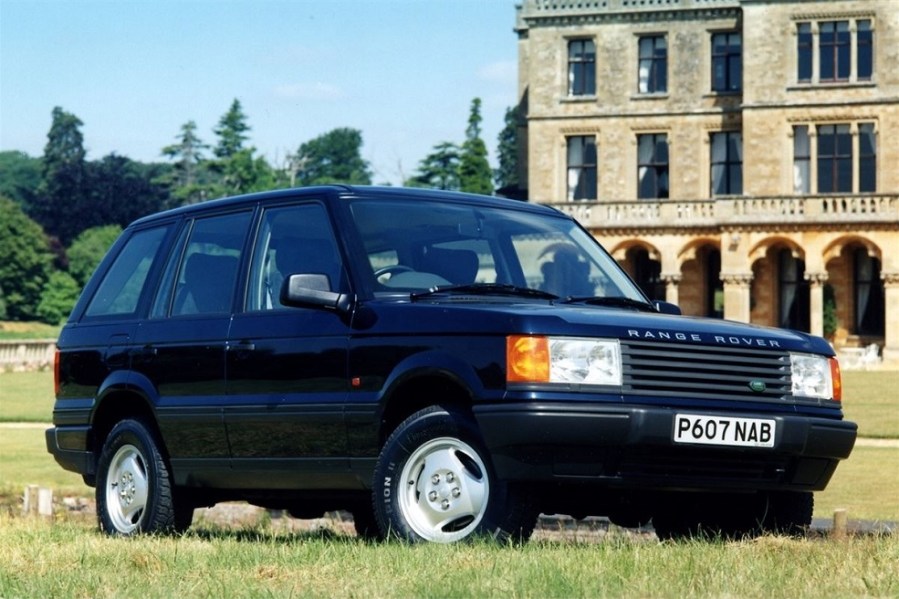Ignore the experts and you can often bag yourself a bargain. We pick three cars everyone will tell you to steer clear of but which can be a great buy if you get it right.
RANGE ROVER P38A
The obvious first candidate is the P38A Range Rover – the one famously likened to the MCW Metrocab, launched in 1994. The P38A used air suspension throughout the range, and this – combined with complex electronics and occasionally fragile 4.6-litre V8s – makes the wrong P38A a very dangerous car to buy and run on a budget.
The V8s can suffer from porous or cracked blocks, and the cylinder liners can drop. Diesels – a hard-worked BMW unit – can crack their heads and suffer with failing injection pumps. But most important is the air suspension: perished air springs or air lines can cause leaks, as can tired O-ring seals. All of these will make the compressor work harder than intended, and since it lives under the bonnet it soon gets hot and bothered. Coil spring conversions can be done, but the Range Rover specialists reckon the better solution is to get the air set-up working properly. Go through it thoroughly – even a set of four air springs won’t break the bank at £60 each – cure all the air leaks, replace the £12 filter and it can easily be trouble-free. Just keep an ear out for the compressor running overtime. As for the electrical issues and frequent flat batteries, they’re mostly related to the remote locking amplifier and disconnecting the blue wire will solve the problem at the expense of reduced remote range.
But there is a relatively sensible way to buy a cheap P38A, and it’s one which might seem counter-intuitive at first: buy a high mileage car. Granted, there are still some problem children, but our experience suggests that it’s the cars which stand idle that suffer the greatest number of faults. If you get hold of one that’s rarely been allowed to cool, you stand a far better chance of getting a cheap P38A worth having.

JAGUAR X-TYPE
The Jaguar X-Type makes a lot of sense on the surface. After all, it’s an inexpensive Jaguar, it’s small, relatively economical, for a Jaguar it’s rather well-packaged and the early petrol cars come with four-wheel drive. And with X-Types available from under £250, it seems like the ultimate inexpensive modern classic.
However, the X-Type has a hidden secret. Behind those pretty plastic sill covers, many early cars have very little left. The sills on Jaguar X-Types corrode with the ease of a 1970s Lancia, and the structural integrity of your cheap purchase could well be compromised despite everything looking perfectly peachy on the surface.
While it’s possible to buy a cheap X-Type and enjoy an easy to maintain, inexpensive and comfortable chariot, we certainly wouldn’t advocate buying without access to a ramp, an inspection lamp, and a mirror to see behind those plastic sill protectors.
If your car is solid however, there are few reasons to be put off. Buy as late an example as you can – Jaguar stepped up its rustproofing game in 2006 and the additional bonus will be an improvement in quality.
When you’ve found a solid example, the common fixes are easy DIY: a couple of car ramps can be used to tilt the car sufficiently to drain and refill the fluid in the fragile 4×4 transfer box, the headlamps can be dismantled and rebuilt with new adjusters to stop the bulbs bouncing around and a new propshaft bearing will restore some refinement. With that all done, you’ll have a refined, brisk and capable all-weather sports saloon just waiting to offer your BMW-driving neighbours a lift to work as soon as it snows.

OLD ROVERS
You can hear the man at the local garage sucking through his teeth already, can’t you? “Old Rover, mate? K-Series engine in those, head gasket won’t last long enough to get you home.”
The thing is, the K-Series rumours are jointly true and false. Yes, the bigger derivatives, when fitted to heavy cars and neglected, do have a habit of lunching themselves. Rover’s decision to cut costs by using plastic dowels to align everything but the earlier, steel-dowel engines and the smaller variants in lighter cars aren’t as bad as the rumour mill would have you believe. And there are multi-layer steel gaskets available now which, when fitted as part of a professional standard repair, will stop the problem recurring. The K-Series isn’t the time bomb that everyone thinks.
And once you get over this, you find a range of nicely trimmed cars which handle fairly well and are cheap to run. Cars which, owing to image problems, are seriously undervalued by the market, and which can offer daily driving modern classic fun for near scrap money.
CONCLUSION
Sometimes it can pay to ignore the market – because the cars in the doldrums, the ones the bar room experts advise you to avoid, can often be the best value if you’re not bothered about resale. Whether you choose to opt for a car that’s done a high mileage to prove its reliability, or one which is simply so far down the depreciation curve that you can profit by scrapping it, there’s mileage in bucking the trend if you do it properly. Remember, there was once a time when the Triumph Stag was reviled for head gasket issues. Now the problems have been solved, it’s revered as one of the ultimate family classics.




